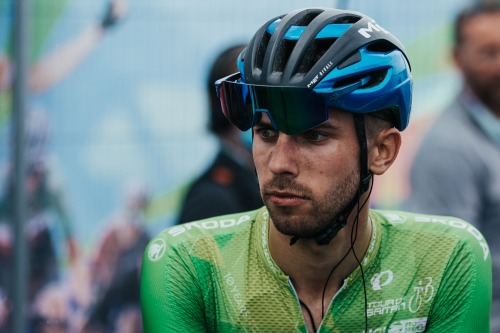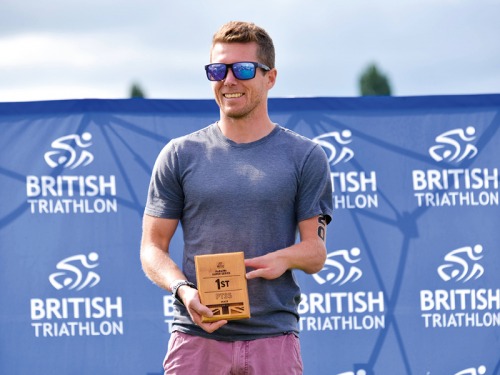Why You Should Try Slow Running
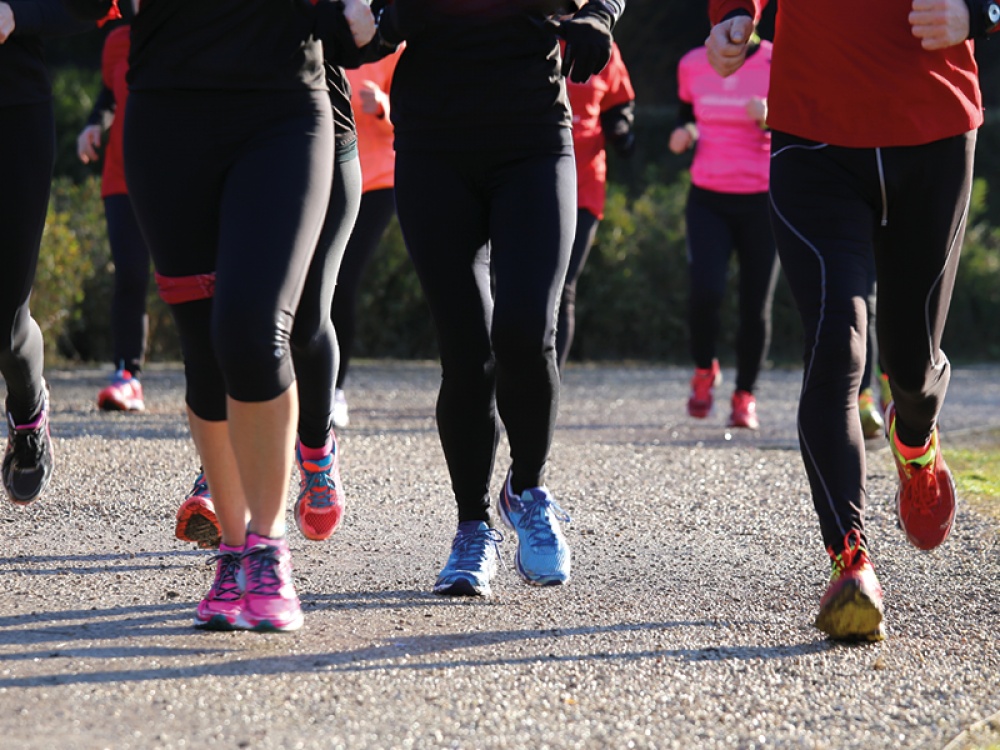
Lots of things can make it tricky to get out for a run - but worrying about how fast you are doesn't need to be one of them
So when the algorithm started suggesting influencers describing themselves as ‘slow runners’ to me, I was thrilled. These were women who were serious about their running, and unashamedly continuing at a pace that suited them. A quick Google revealed a bigger movement: the Slow AF Run Club is a global online community founded by Martinus Evans for self-anointed ‘slow runners’ in New York. In particular, the pace that they preach is ‘sexy pace’. This, the internet tells me, means running slowly enough that you can sustain a conversation. However, as nice as an online community is, what I really wanted was a group to join in person.
Consequently, on a drizzly Tuesday evening, I made my way to Newburn Activity Centre to join the Elswick Harriers on their None to Run programme. The None to Run programme does what it says on the tin, and is a 12-week programme designed to help people through using run/walk intervals. Leading the group is coach Simon Allen, who explains that they chose None to Run because it has a ‘more gradual progression’ than the well-known Couch to 5k the aim of which is to get you running five kilometres in 30 minutes by the end of nine weeks. The goal of the None to Run programme is to be able to run for 30 minutes at whatever pace feels right for you.
Simon’s own story might explain why he is so well attuned to the barriers people face when they start running. He tells me that he didn’t start running until he was 50, when he agreed to keep his wife company while she trained for a half marathon.
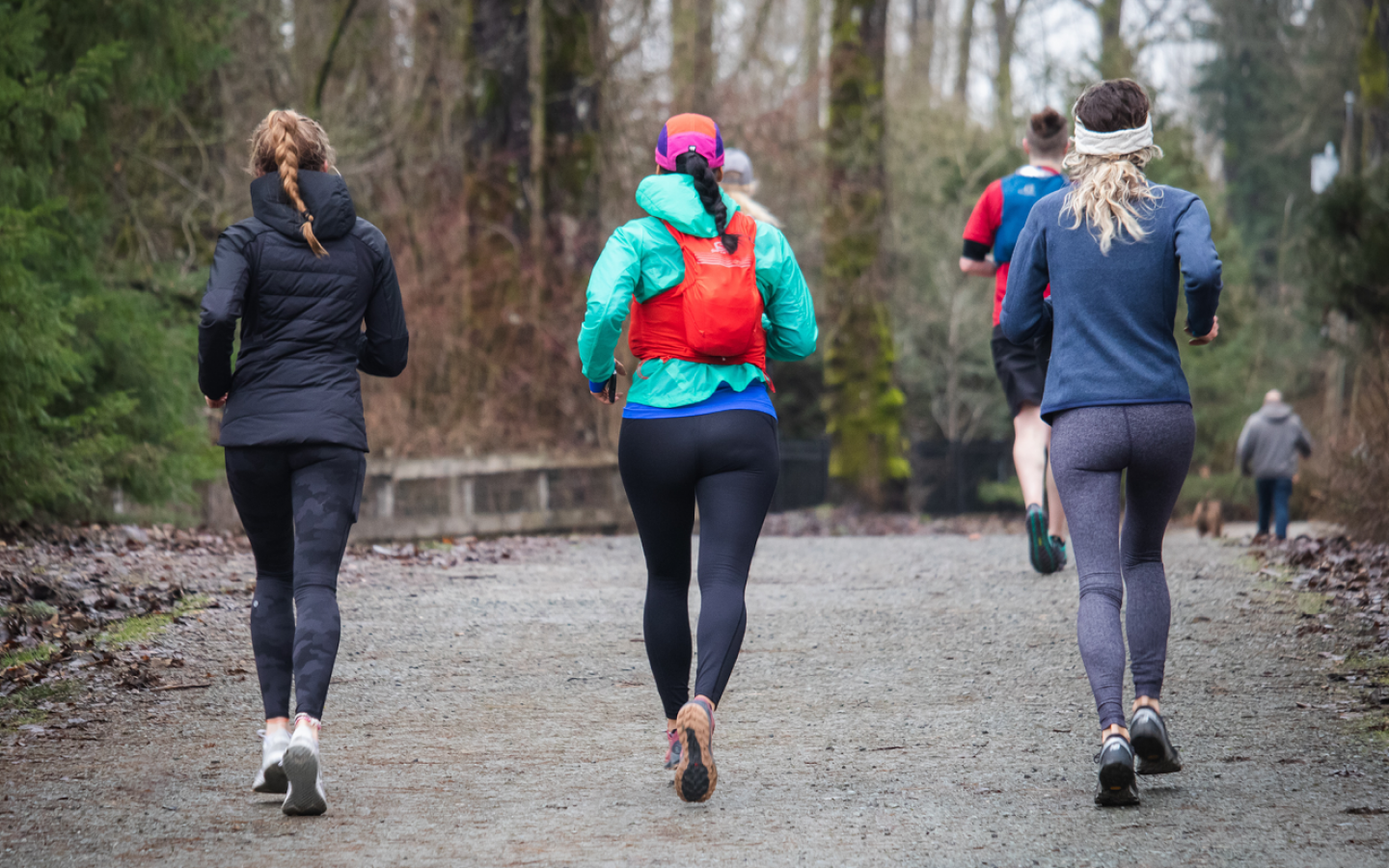
Read More: How Sunderland-Based Activewear Business, Amazing Jane are Empowering Women
We went about it in completely the wrong way, so what we did was we went out and did a run and then we increased it by one kilometre every week, and I remember finishing at four kilometres and thinking, I will never be able to run a half marathon. Ever. And so we just stopped.’
Eventually he made his way back into running via shorter distances, but he tells me that it was joining a club that really made a difference. His advice for anyone starting out is to know that everybody who starts running starts slowly, and running is always hard. ‘I actually think the hardest part is when you are in your first three months,’ he says. ‘The first few months are just so tough, so don’t be embarrassed, and I would always say join a club and find one that suits you. Don’t worry about you suiting a club, it’s finding the one that suits you because your running journey is your running journey. I have a saying about running, it’s something that you do on your own, but with other people. And when you’re running in a race, you’re in your own head, even when you’re running along chatting, you’re the only person who can feel how it feels to you.’
Like myself, Simon believes that there shouldn’t be any shame attached to the word ‘slow’ but a couple of the people I spoke to were understandably hesitant because, even with the best intentions, it is so open to misinterpretation. It is great to be able to reclaim words that might once have felt a little humiliating, but there can also be something a bit pre-emptively defensive about describing yourself as slow, especially if you are actually pushing yourself. And taking what you might perceive to be the average runner’s slow pace for your slow runs, rather than going at a pace that genuinely feels manageable, could put you at risk of injury. It might seem hackneyed to say ‘comparison is the thief of joy’, but in this instance it is really important to be precise about the fact that slowness is always relative.
It also isn’t a case of taking things easy just because something is better than nothing. Simon explains that, even if you are someone who wants to learn to run fast, at least 80 percent of your running should always be done at your slow pace. Used properly, ‘slow’ is a word to embrace rather than a caveat.
‘Of course running is different for every person,’ says Simon. ‘Some people really want to get faster, some just want to be able to run for a long time, but whatever you want to do, you build up your fitness base by slow running. That builds your cardio-pulmonary or cardiovascular health and then if you want to run faster you’ve got to do fast sessions as well, but they’re not necessarily long. You’ve got to build fitness and strength before you go anywhere with speed. So it’s the solid base you need.’
On a brisk Sunday morning I join another group that promises to be a haven for beginner runners. ‘These Girls Can Run’ began in 2015 when its founder, Kim Scott, put a Facebook post up looking for company to help her train for the Great North Run. They now have eight groups across the North East. The main rule if you want to join in with this group is that whatever pace each runner chooses, they stick together. For faster members this simply means that when they reach a corner on the route, they turn around to rejoin the group instead of continuing out of sight. These days, Jaime Maccoy heads up operations. She explains that the group isn’t oriented around running slowly, but rather at whatever pace you are comfortable with. ‘Runners might run a little “slower” than their usual solo pace as they often don’t come up for air – there’s a lot of chat on our runs!’ she laughs. Indeed, a big part of what keeps members coming back is the emphasis on building community through their many Facebook groups. They use these to celebrate each others achievements but with one cardinal rule: ‘We cheer everyone on without mentioning a time. We don’t want unnecessary comparison and someone’s perceived “slow” run could be someone else’s dream run, so I’d rather not make someone feel that they need to compete’ says Jaime. ‘If someone has got a PB or has an achievement to share then we encourage that, but without the numbers. Some may disagree, but that’s how I see it.’
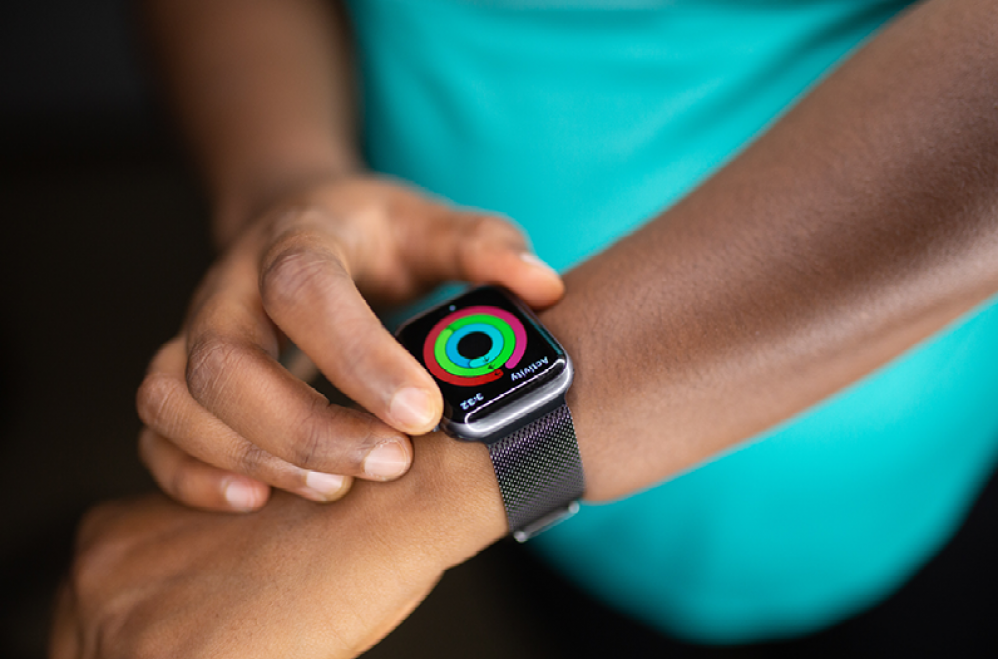
For Simon’s group, the object is to gradually reduce the walking intervals till the group are able to run continuously, but for others walking and running is a technique in and of itself. The women of These Girls Can Run’s coast group introduce this to me as ‘Jeffing’. Jeffing refers to American long-distance runner Jeff Galloway, who is credited with popularising the run/walk technique as part of his own training programme. Galloway’s website emphasises two primary benefits of the technique: reducing fatigue and reducing injury. The secondary benefits are endless: runners feels that they have more control over how they feel before and after their workout, they recover more quickly and are consequently able to train more often, they can manage longer distances and, perhaps surprisingly, their half-marathon and marathon times improve.
Many of the members of ‘These Girls Can Run’ have Jeffed their way through marathons and half-marathons, but the plan on the morning I join them is to travel five kilometres, which most of the group opt to complete in 30 second run/walk intervals. They also have a few top tips for the uninitiated Jeffer. Firstly, the walking interval should be sufficient to fully get your breath back before the next run section. If you are still out of breath, then it’s either time to slow down or increase the ratio of walking to running. The second is that you are allowed (possibly even encouraged) to walk up hills if they start to feel tough. The flip side of this, and third rule, is that you should try to run the downhill sections.
My biggest take-away from all this is to keep things structured, whatever the pace. I have a tendency to expect myself to be able to run continuously straight away and then inevitably feel like I have failed when I’m wheezing after five minutes. The walk/run approach does give you room to push yourself, if that’s what you want to do, but the structure means that you can celebrate consistency rather than setting yourself up for failure.
After 40 minutes or so of Jeffing, we arrive back back at our start point and it’s time to cool down. While the leader takes us through some stretches, a lady that wasn’t part of the run hovers nervously on the periphery. As the group disperses, she approaches to confirm that we are These Girls Run. She tells us that she has been thinking about joining but wasn’t sure if it was the right group for her.
‘What are your Park Run times like?’ she asks.
‘Oh we don’t talk about that, we all run at our own pace, and times are nobody’s business but your own,’ is the swift rejoinder.
Another member chips in ‘we don’t even really like to use the word slow!’
Her eyes light up. ‘Perfect!’




